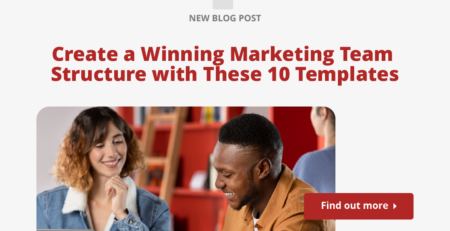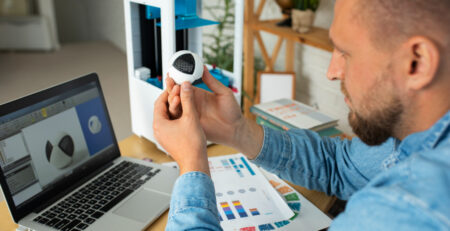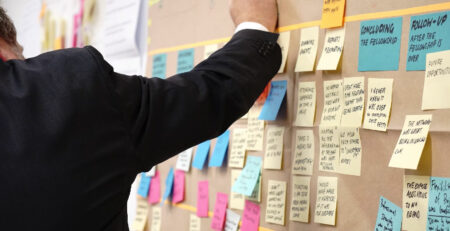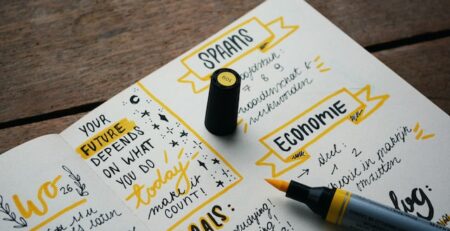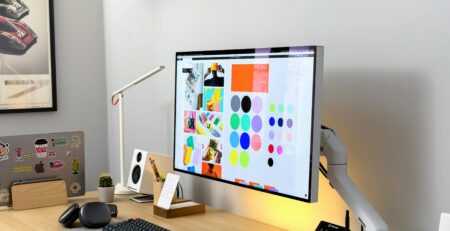Teambuilding for Designers: The Ultimate Cheat Sheet
Effective teambuilding is crucial in any industry, but it holds particular significance in the field of design, where collaboration and creativity are paramount. For design teams, the ability to work cohesively can make or break the success of projects. This guide delves into the essentials of building a strong, dynamic, and innovative design team.
Firstly, understanding the unique dynamics of design teams is essential. Designers often come from diverse backgrounds and possess varying skill sets and specialties, from UX/UI design to graphic design and beyond. Harnessing these diverse skills in a harmonious way can lead to groundbreaking innovations and solutions.
Secondly, the integration of new technologies and methodologies in the design process can enhance collaboration and productivity. Tools such as digital collaboration platforms allow team members to work together seamlessly, regardless of their physical location.
Thirdly, fostering a culture of continuous learning and adaptation is vital. The design industry is ever-evolving, and teams must stay updated with the latest trends, tools, and techniques. Workshops, seminars, and ongoing training opportunities can equip designers with the necessary skills and knowledge.
Fourthly, promoting a culture of open communication and feedback within the team encourages a more collaborative and inclusive environment. This can lead to more creative ideas and solutions, as team members feel valued and empowered to contribute.
Lastly, recognizing and celebrating the achievements of design teams not only boosts morale but also motivates team members to continue producing high-quality work. Whether it’s through awards, public acknowledgments, or incentives, appreciation goes a long way in building a loyal and enthusiastic team.
What are the best ice-breaking activities for design teams?
Ice-breaking activities are crucial for building rapport among team members, especially in a creative field like design where collaboration yields results. Effective ice-breakers can remove barriers and foster a friendly work environment, leading to more productive and innovative outcomes.
One popular activity is the “Sketching Relay,” where team members quickly sketch ideas based on a theme and pass them around for others to build upon. This not only breaks the ice but also encourages creative thinking and collaboration.
Another engaging activity is “Two Truths and a Lie,” adapted for designers by focusing on professional experiences and creative challenges. This version helps team members learn about each other’s backgrounds and skills in a fun and engaging way.
For more ideas on fostering a positive team environment, consider reading Community in the Workplace.

How can team leaders effectively manage diverse design teams?
Managing a diverse design team requires an understanding of different cultural backgrounds, skill levels, and creative processes. Effective leadership in such a setting involves promoting inclusivity and respect for diverse viewpoints and working styles.
Leaders should facilitate regular team meetings and workshops to ensure all members are aligned with the team’s goals and understand their roles. These gatherings are also ideal for addressing any issues and gathering feedback, which is crucial for continuous improvement.
Adopting flexible management styles to suit different team members can also be beneficial. Some designers might thrive under direct supervision, while others perform best with more autonomy. Understanding and adapting to these needs can lead to more effective management.
For further insights into managing diverse teams, check out Leading Employees with Confidence.
What tools and technologies are essential for remote design teams?
For remote design teams, having the right set of tools and technologies is essential for maintaining productivity and collaboration. Communication tools like Slack or Microsoft Teams facilitate instant messaging and team communication, while video conferencing tools like Zoom or Google Meet are crucial for regular meetings and maintaining a personal connection.
Project management tools such as Asana, Trello, or Jira help in tracking deadlines, assigning tasks, and managing workflows efficiently. For design-specific needs, collaborative platforms like Figma or Adobe Creative Cloud enable real-time collaboration and feedback on design projects.
To explore more about remote team management tools, visit How to Manage a Remote Workforce.
How do you measure the success of a design team?
Measuring the success of a design team involves several metrics, both qualitative and quantitative. Client satisfaction is a primary indicator, measured through feedback and repeat business. Additionally, the quality of the output can be assessed through design reviews and peer feedback within the team.
Project completion rates and adherence to deadlines also provide insight into the team’s efficiency and time management skills. Another important metric is team morale and turnover rates; a stable, happy team is often a productive one.
For more on performance metrics, read How to Conduct a Performance Review.
What strategies can be employed to maintain long-term motivation in design teams?
Maintaining long-term motivation within design teams requires continuous effort and strategies tailored to the creative nature of the work. Regularly setting new, challenging, and achievable goals can keep the team engaged and looking forward to achieving more.
Providing opportunities for professional development, such as attending conferences, participating in workshops, or accessing training sessions, can also keep the team motivated. These opportunities not only enhance skills but also inject new ideas and inspiration into the team.
Celebrating successes, both big and small, and recognizing individual contributions can significantly boost morale and motivation. For more on recognizing employees, see 10 Ways to Recognize Employees.
Conclusion
Building and maintaining an effective design team requires a strategic approach that encompasses understanding team dynamics, integrating technology, fostering continuous learning, promoting open communication, and recognizing achievements. By implementing these strategies, team leaders can create a productive, innovative, and motivated design team capable of achieving great results. As the landscape of design continues to evolve, staying adaptable and proactive in teambuilding efforts will be key to long-term success.
In today’s competitive market, finding the right creative and marketing expert can be a challenge. But with icreatives, you’re in experienced hands. With 37 years in staffing and a track record of matching more than 10,000 employees to over 1,000 companies worldwide, we know how to connect you with the best. Plus, you only pay if you hire—there’s no risk, only results. Ready to find your perfect creative or marketing expert? HIRE WITH ICREATIVES today!


